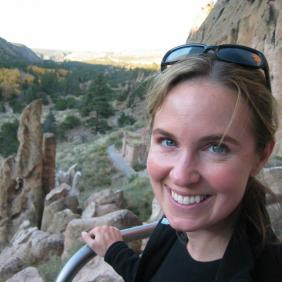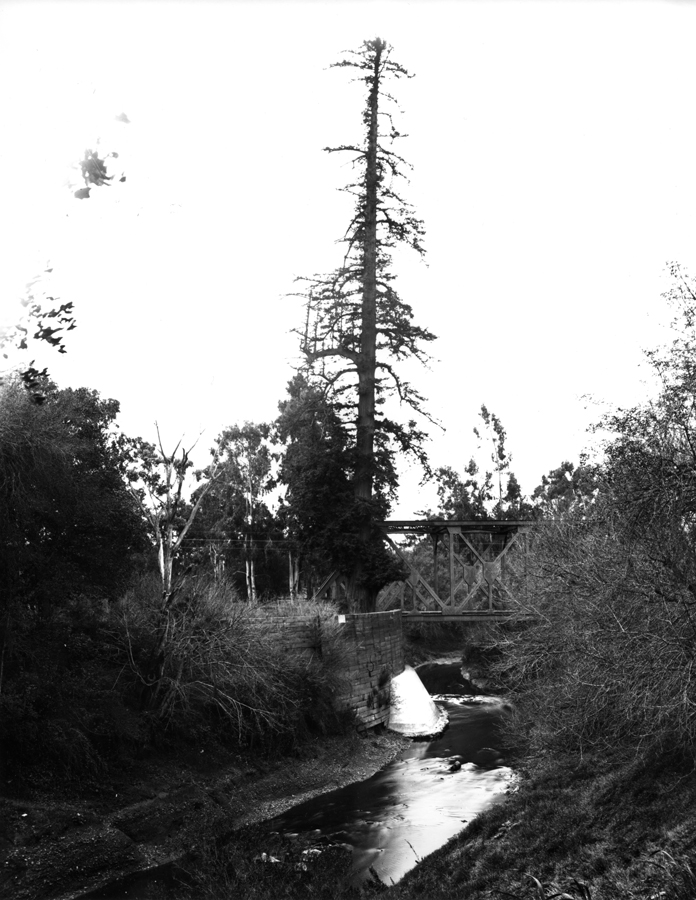Stanford researchers study climate change-related behavior and its effects on iconic trees
California’s coastal redwoods, Sequoia sempervirens, are beloved by residents and visitors alike. They’ve been special to Stanford from the beginning: An ancient redwood near campus, El Palo Alto, graces the university seal.
Now, two Stanford scholars have joined a multi-university effort to help protect California’s iconic coastal redwood forests by better understanding one element of their particular ecosystem – California’s coastal fog.
Until recently, researchers lacked the potential to fully characterize fog’s moisture-giving benefit to redwoods because they couldn’t model the behavior of the fog.

It’s long been clear, though, that the state’s coast is warming and that its fog is decreasing. Stanford’s Nicole Ardoin, an associate professor in the Stanford Graduate School of Education and the Woods Institute for the Environment, is part of the Summen Project, a National Science Foundation-funded initiative to study the relationships among fog, climate change, redwoods and the human response.
Ardoin and Lauren Oakes, PhD ’15, an ecologist in Stanford’s School of Earth, Energy and Environmental Sciences, will look at perceptions of changing fog patterns and of climate change generally among people who visit or live among the coastal redwoods. They’ll examine these people’s climate change-related behaviors, such as energy consumption.

Finally, they’ll examine whether increased awareness of climate change’s effect on redwoods influences how people behave.
“We believe that, when people learn about climate-related impacts to a species that is particularly iconic — in this case, the coastal redwoods — their perceptions of climate change will become more salient, personal, and pressing,” Ardoin, a co-leader of the project, told a reporter at the University of California, Merced, whose Engineering Professor J. Elliott Campbell, ’98, MS ’00, is the principal investigator.
“As a result, their interest will be piqued and their climate-related behaviors may be influenced, as well,” Ardoin said.
The $1.75 million, three-year Summen Project, after the Ohlone word for “redwood,” is part of the National Science Foundation’s Coastal Science, Engineering and Education for Sustainability program to study coasts around the world.
In addition to Stanford and UC Merced, the project includes researchers from the Carnegie Institution’s Department of Global Ecology, which is housed on the Stanford campus, and from UC Berkeley, UC Davis, UCLA and Oregon State University.
